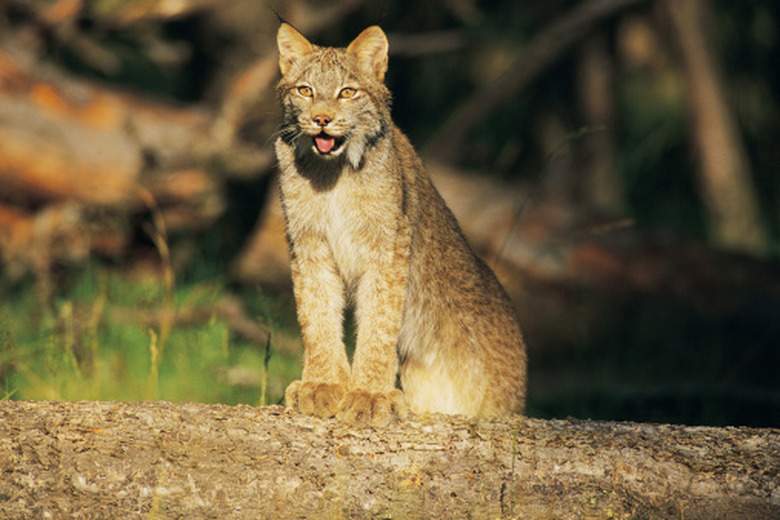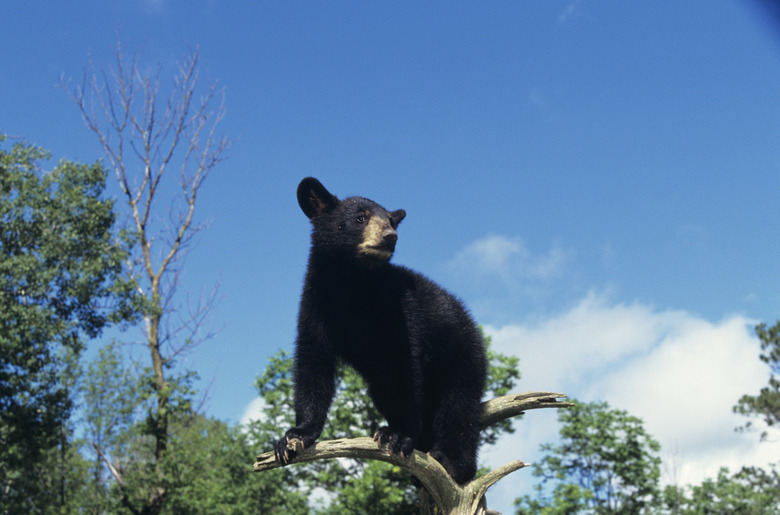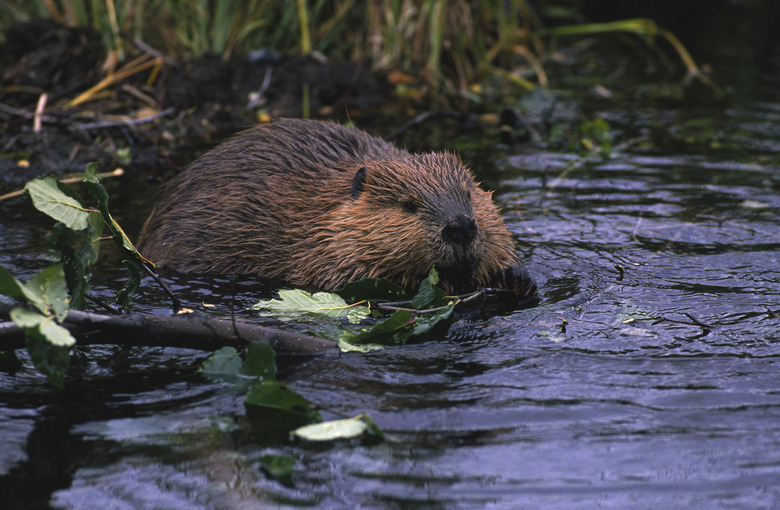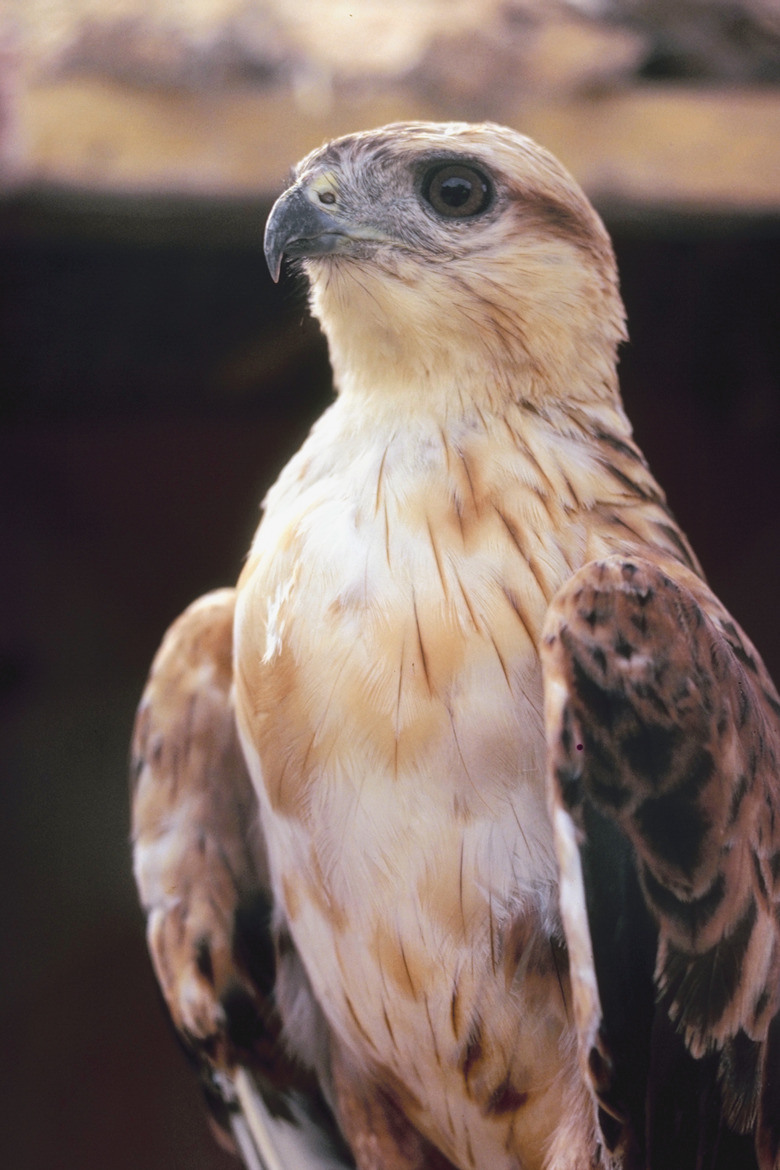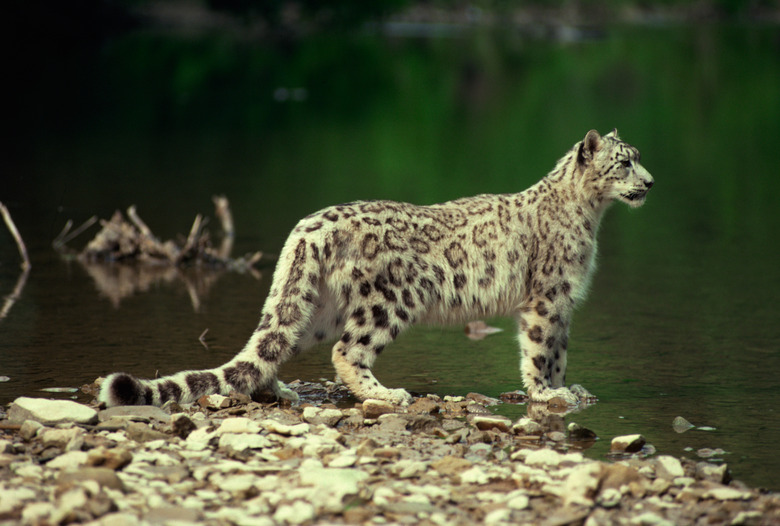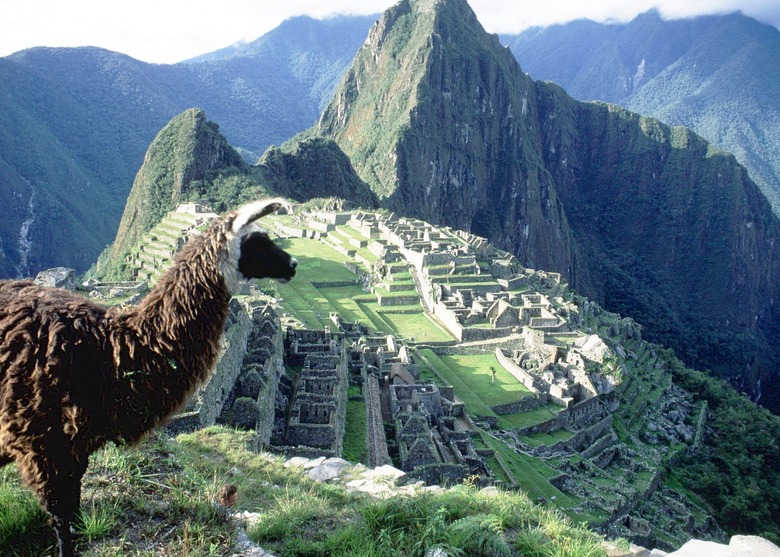Animals & Plants That Live On Mountains
Mountains exist in many forms around the world, from small scattered highlands to dramatic, jagged peaks. Defined by elevation, mountains play an important role in the climate of their region and provide abundant habitat for a variety of plant and animal species. The native species of each mountain range vary in form and appearance, although all are supremely adapted to living within their home range.
Sierra Nevada Mountains
Sierra Nevada Mountains
Like any mountain landscape, the Sierra Nevada range presents numerous ecosystems defined by certain key species. From lowland forests of grey pine (Pinus sabiniana) to the montane forests of red fir (Abies magnifica) and giant sequoia (Sequoiadendron giganteum), the ecology of the Sierra Nevada includes numerous plant species including ceanothus (Ceanothus), western juniper (Juniperus occidentalis) and wildflowers such as woolly sunflower (Eriophyllum congdonii), a rare flowering plant. Within these varied habitats, a variety of predator and prey animals dwell, including American black bear (Ursus americanus), mule deer (Odocoileus hemionus), ringtail (Bassariscus astutus) and Sierra Nevada bighorn sheep (Ovis canadensis sierrae), an endangered subspecies of bighorn sheep.
Appalachian Mountains
Appalachian Mountains
The Appalachian Mountains are a vast range, stretching from Canada to the Southern United States. Due to their great size, the Appalachians provide an immense variety of habitat for plant and animal species. Certain key plant species define the many ecosystems within the Appalachians, including red spruce (Picea rubens), balsam fir (Abies balsamea), eastern hemlock (Tsuga canadensis) and American beech (Fagus grandifolia). These diverse forest habitats provide home for numerous animal species, among them beaver (Castor canadensis), red fox (Vulpes vulpes) and the southern flying squirrel (Glaucomys volans).
The Alps
The Alps
Occupied by humans for thousands of years, the Alps lost much of its former biodiversity to deforestation and hunting, yet certain key species of plant and animal remain within inaccessible areas. Forests of sycamore maple (Acer pseudoplatanus), European beech (Fagus sylvatica) and English oak (Quercus robur) predominate, as well as small groves of Norway spruce (Picea abies) at higher altitudes. These forests are interspersed with meadows rich in lichens, mosses and small shrubs such as alpenrose (Rhododendron ferrugineum). Animal species within the Alps include the golden eagle (Aquila chrysaetos), chamois (Rupicapra rupicapra) and the Eurasian lynx (Lynx lynx), although lynx populations are small and fragmented throughout much of the range.
The Himalayas
The Himalayas
Home to the tallest peaks in the world, the Himalayas also play host to a diverse array of plant and animal species. The varied topography and numerous distinct habitats of the Himalayas gave rise to highly regionalized species, however several varieties of plant and animal occur throughout much of the range. Deodar cedar (Cedrus deodara), Himalayan spruce (Picea smithiana) and sal tree (Shorea robusta) comprise much of the region's forest cover, providing habitat for low-growing plants such as rhododendron (Rhododendron sp.), Himalayan juniper (Juniperus squamata) and viburnum (Viburnum spp.). Within the Himalaya's diverse forest ecosystems, animal species such as the Himalayan brown bear (Ursus arctos isabellinus), snow leopard (Uncia uncia) and the bharal (Pseudois nayaur), or Himalayan blue sheep, thrive.
Andes Mountains
Andes Mountains
Dominating the western coast of South America, the Andes Mountains stretch across 4,300 miles, making it the longest mountain range in the world. Remarkably diverse in terrain and ecology, the Andes feature forest, valley and alpine ecosystems, each providing habitat for a variety of plant and animal species. Native tree species such as escobilla (Schinus molle), quinine tree (Cinchona pubescens) and quenua (Polylepis spp.) exist in areas not yet converted to agricultural purposes, as well as flowering plants such as chuquiraga (Chuquiraga arcuata) and achupalla (Puya clava-herculis), a terrestrial bromeliad. Achupalla provides a favored food source for the spectacled bear (Tremarctos ornatus), an unusual species of bear named for its eyeglasslike facial markings. Two species of chinchilla (Chinchilla spp.) share their range with the spectacled bear, as well as a variety of camelids such as the vicuna (Vicugna vicugna) and guanaco (Lama guanicoe).
References
- "Alpine Plant Life: Functional Plant Ecology of High Mountain Ecosystems"; Christian Korner; 2003
- "Mountains: A Natural History and Hiking Guide"; Margaret Fuller; 1998
- "Animal: The Definitive Visual Guide to the World's Wildlife"; David Burnie; 2005
- "The Illustrated Encyclopedia of Trees of the World"; Catherine Cutler; 2007
Cite This Article
MLA
Degnan, Sasha. "Animals & Plants That Live On Mountains" sciencing.com, https://www.sciencing.com/animals-plants-that-live-on-mountains-13427802/. 21 July 2017.
APA
Degnan, Sasha. (2017, July 21). Animals & Plants That Live On Mountains. sciencing.com. Retrieved from https://www.sciencing.com/animals-plants-that-live-on-mountains-13427802/
Chicago
Degnan, Sasha. Animals & Plants That Live On Mountains last modified March 24, 2022. https://www.sciencing.com/animals-plants-that-live-on-mountains-13427802/
